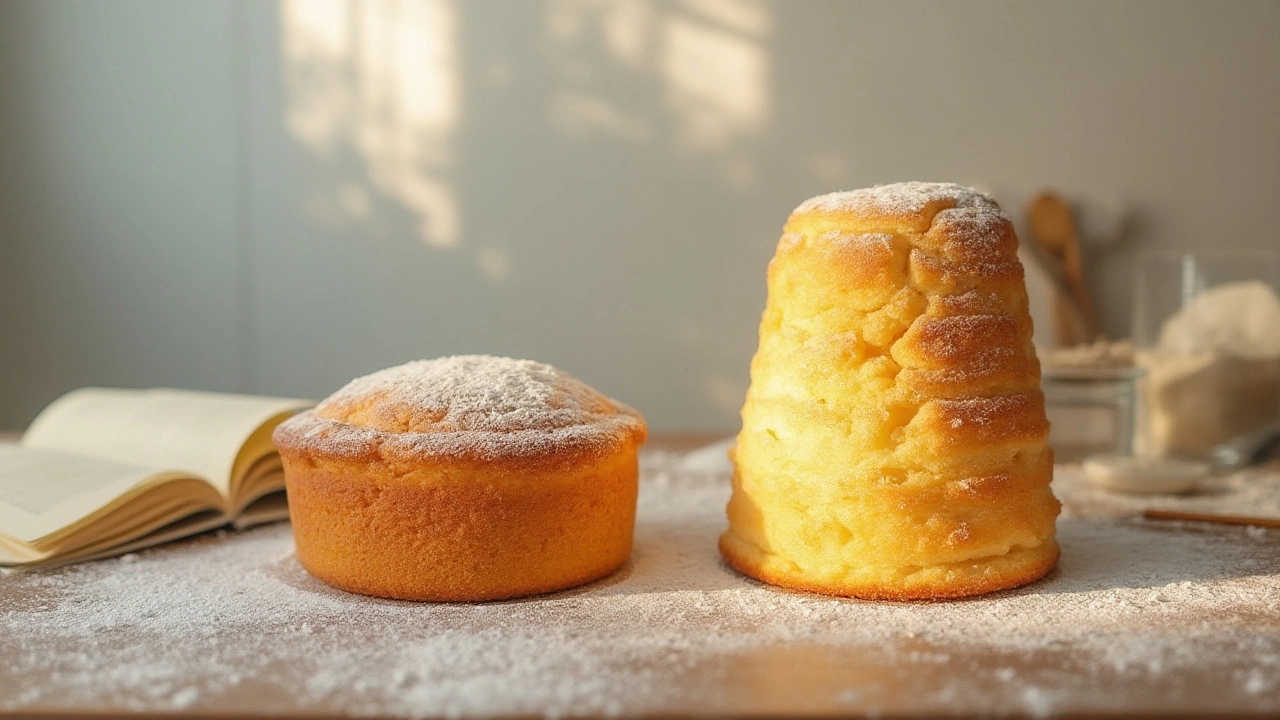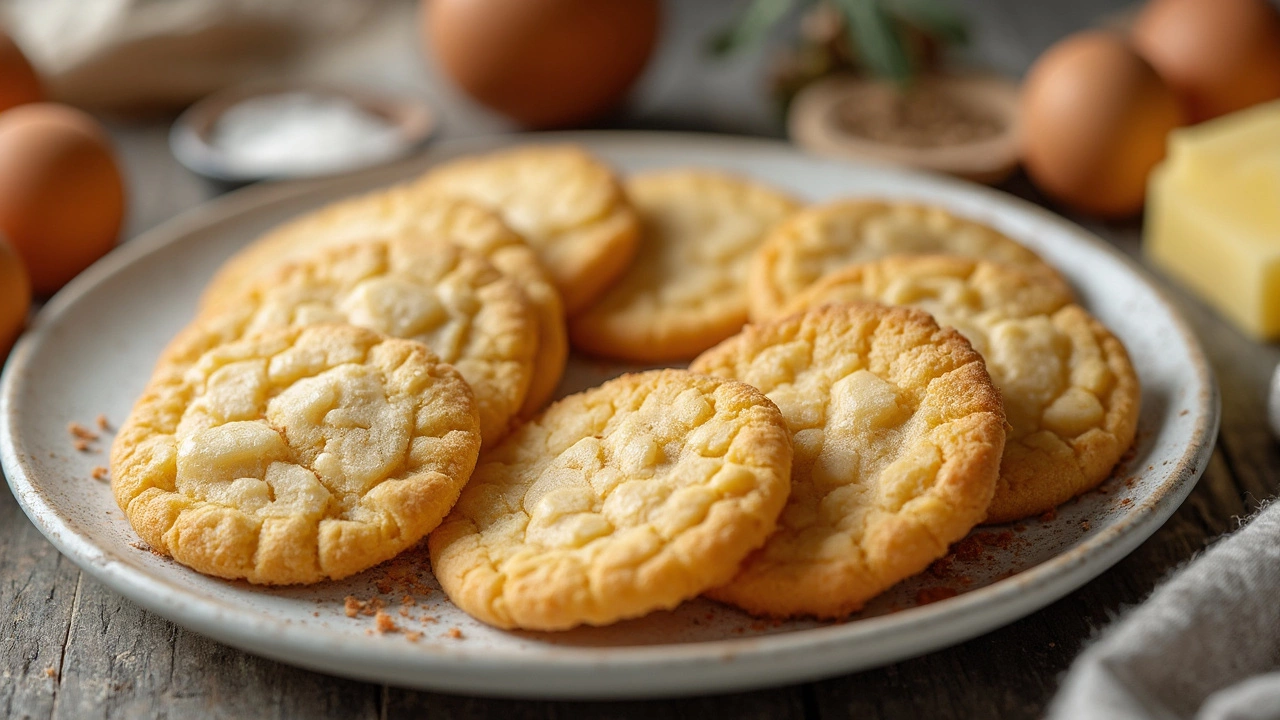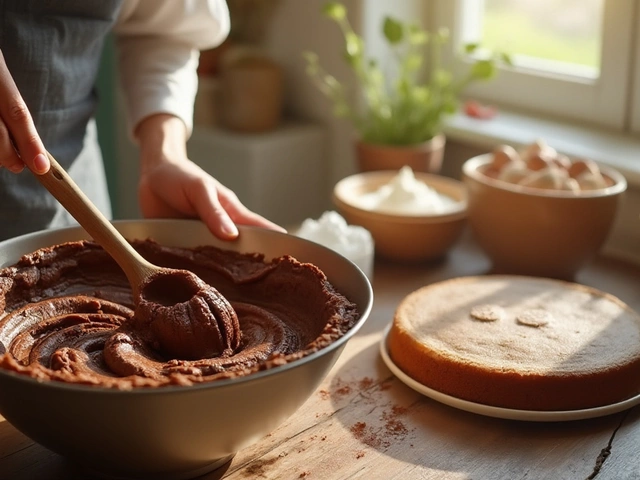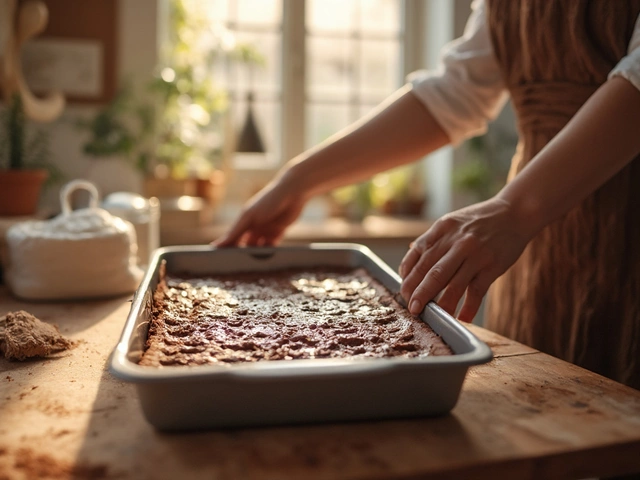Baking Science: Why Your Sweet Treats Turn Out Just Right
Ever wonder why a batch of fudge can go from silky smooth to grainy in a snap? Or why some cookies puff up while others stay flat? The answer lies in the science that happens in your bowl and oven. Below you’ll find the most useful, everyday explanations that let you control texture, flavor, and appearance without a lab coat.
Understanding Temperature and Texture
Temperature is the biggest driver of texture. When you heat fudge to the soft‑ball stage (around 235‑240°F), the sugar crystals stay small, keeping the fudge creamy. If you miss that range and go a few degrees higher, the mixture hardens and you end up with a chalky block. Our Fudge Temperature Guide shows a quick way to test the stage with a candy thermometer or the “cold‑water test” – drop a tiny bit of syrup into ice water; if it forms a soft ball you’re good to go.
Boiling fudge too long is another common slip. The longer you cook, the more water evaporates, raising the concentration of sugar and pushing the candy into the hard‑ball stage. The result is crumbly, rock‑hard fudge. The fix? Add a splash of cream or butter at the end, then lower the heat and watch the temperature closely.
Cookies are a temperature story too. When you chill dough before baking, the fat solidifies, which means the cookies spread less and retain a taller, chewy center. That’s why Why Cookies Rise explains the role of leavening agents like baking soda – they create carbon dioxide, giving the dough a lift. Combine that with the right oven heat (usually 350°F) and you get a perfect puff.
Ingredients, Leavening & Moisture
Every ingredient has a job. Eggs, for instance, add structure and moisture. Skipping the egg in a cheesecake changes the texture from silky to crumbly, as explained in What Happens If You Skip Egg in Cheesecake? If you need a substitute, try a mix of silken tofu and a bit of lemon juice to mimic both binding and acidity.
Flour type matters for gluten development. All‑purpose flour gives a mild chew, while cake flour keeps cakes light and tender. When you want a gluten‑free dessert, choose rice flour, almond flour, or a blend listed in our Gluten‑Free Grains List. Just remember that gluten‑free mixes often need more binder – xanthan gum or extra eggs can keep the crumb from falling apart.
Sweeteners behave differently under heat. Sugar caramelizes around 320°F, adding flavor, while honey browns faster and can make baked goods darker. If you swap sugar for honey, reduce the liquid by about a quarter to keep the batter from becoming too runny.
Finally, altitude changes everything. Higher elevations mean lower boiling points, so you’ll need to lower cooking temperatures by 15‑20°F and increase liquid slightly. Our altitude notes in the fudge guide help you avoid under‑cooked centers.
Put these science‑based tips into practice and you’ll see a noticeable jump in consistency. No more guesswork, just reliable results whether you’re making fudge, cookies, or a towering cake for 50 guests. Happy baking!

Gluten-Free Cakes Sink: Why It Happens & How to Prevent It
Are your gluten-free cakes caving in? Discover why this happens and how you can fix it for good with simple, science-backed baking tips.
View More
Why Are Gluten-Free Cakes So Dense? Common Problems and Helpful Solutions
Gluten-free cakes often end up heavy and dense. Learn why this happens, what science says, and get real-world tips for lighter, fluffier gluten-free bakes.
View More
What Do Eggs Do in Cookies? The Real Science Behind Perfect Bakes
Eggs do way more in cookies than just hold things together. From texture to flavor and even the color of your cookies, eggs are a key player in how your batch turns out. This article breaks down the science behind why eggs matter and what actually happens when you leave them out or swap them for something else. You'll also get tips for handling common egg dilemmas in the kitchen. If you want cookies that wow everyone, you'll want to know these behind-the-scenes details.
View More




